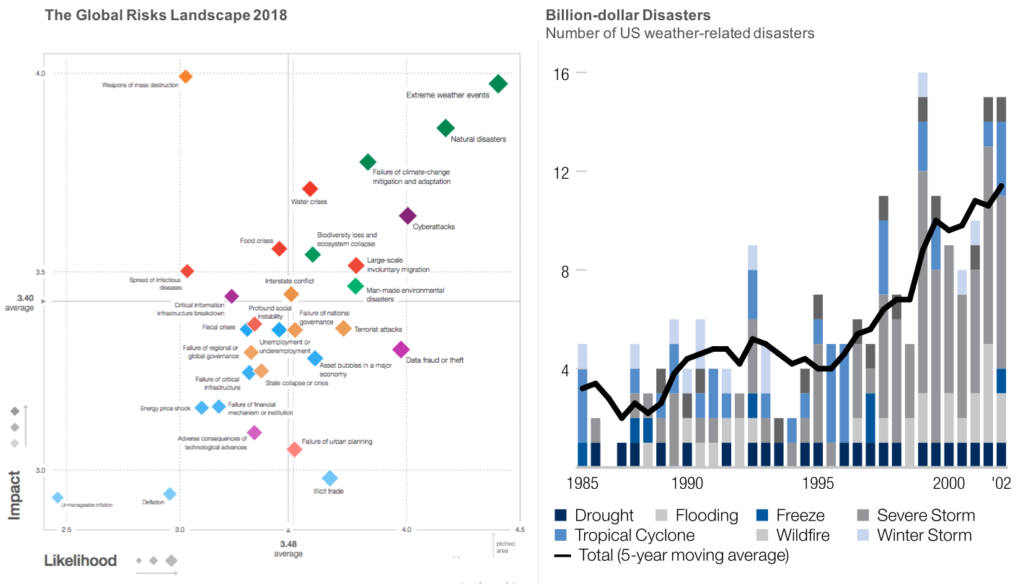Drought-stricken, Cape Town residents have been mandated to use no more than 13.2 gallons, or 50 litres, of water per day, beginning 1 February 2018, on the way to “Day Zero”. Without rainfall, on 12 April 2018 the suburban water taps will be shut off and the city of almost half a million residents will be directed to 200 municipal points of distribution. The acuteness of the situation is further highlighted by the fact that “Day Zero” has already been moved forward from 21 April. In the case of Cape Town, and increasingly across global cities, who’s problem is it, really? (See answer below).
Bluefield Research has been analyzing water scarcity from the beginning. One of the first pieces of analysis ever written by Bluefield Research, back in 2013, addressed alternative supply options for water in South Africa. “…On 3 July 2013, the South Africa DWA re-emphasized its strategy to scale national water conservation and management practices, including desalination and reuse.” Our team of analysts have subsequently followed up with various insights into the country’s water management strategies, including successes and failures.
Solutions have existed for years, but in the absence of infrastructure investment on new and aging systems, whether it be in sub-Saharan Africa or Birmingham, Alabama, reliant populations are unfairly suffering because of inaction. Rather than throw up roadblocks to ward off public-private partnerships, wastewater reuse, desalination, smart water projects, and conservation, municipal leaders need to quickly scale the learning curve. Now is the time to learn how more innovative utilities and technology vendors are driving efficiency and resiliency in water. Since its founding, Bluefield has been helping suppliers, utilities, and investors across the industry value chain shape their water sector strategies in a rapidly changing landscape.
No country– developed, or not– is exempt from the growing impacts of climate change, including drought, extreme weather events (i.e. hurricanes), and related stress on water infrastructure. Look no further than Sao Paulo or Puerto Rico. In regards to Cape Town, a WaterWorld article recently added, “simply put: water demand has outpaced supply”.
The concern is almost universal. I was just reviewing the just released World Economic Forum’s The Global Risks Report 2018. Water supply and water crises, for the seventh year running, have landed in the Top 5 Global Risks in Terms of Impact. My takeaway: there is no need to read the tea leaves, the problem is evident – but where are the solutions?
World Economic Forum Global Water Risks and U.S. Disaster Trends
Source: The Global Risks Report 2018
As we move forward into 2018, Bluefield Research will be addressing a myriad of factors influencing water and wastewater sector investments for municipalities and industrial firms, globally. Our insights will continue to focus on long-term solutions to confront the increasing pressure on water and wastewater infrastructure.
Our team of water experts will also be tracking and mapping the landscape for emergency water management. No one cares how a five-year capital improvement plan budget reads, when city populations are out of water, or drinking lead. Different technology applications, business models, and funding sources are necessary to address these acute crises.
Answer: More than 1/3 of the world’s rapidly growing population will be forced to live without adequate water supply in 2025, which is only 7 years from now. The problem affects us all, and we need to address this global crisis now, before it really is too late.
Bluefield water experts offer valuable insights on emerging trends, market disruptors and signposts to watch around the world. Register to receive email updates on the latest water market trends.


